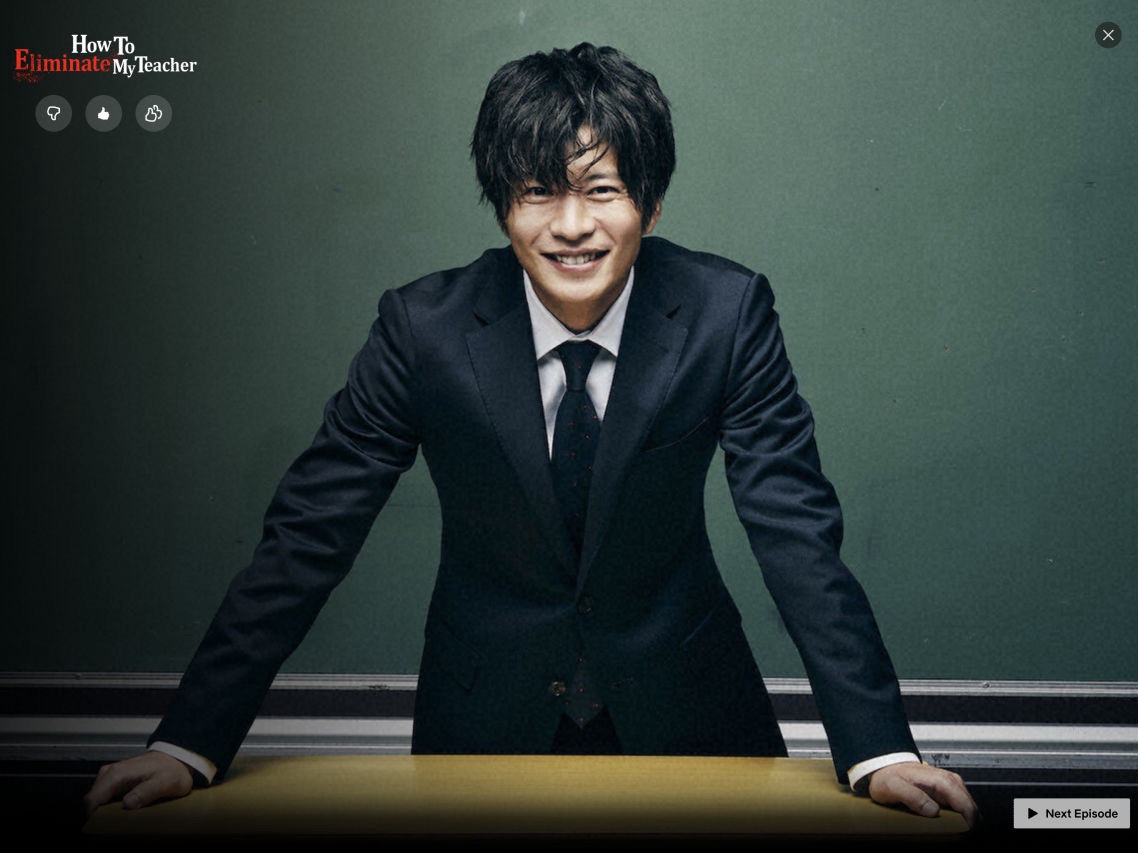
The picture above is from a Japanese drama I recently watched called, on Netflix, How to Eliminate My Teacher. It’s leaving Netflix at the end of the month, which is one of the reasons I decided to check it out now. It also doesn’t have that little, red Netflix “N” above its name, meaning they had nothing to do with its production. It’s an original show they just licensed. I will get into why that has become important to me in another post.
I really enjoyed this short series. It didn’t take long for me to figure out that it must have come from a manga, because it gets crazy real quick. That’s not what I want to talk about though. I want to talk about how it looks. It doesn’t look like the picture above. It looks digital, and it seems that no effort whatsoever was made to make it look like film.
As I watch more Chinese and Japanese dramas, particularly those that don’t have the little, red Netflix “N” above the title, I notice that they seem to have an attitude of, “We’re shooting this digital. This is what digital looks like. That’s just the way it is.” This is not to say these shows don’t have amazing production design, elaborate sets, intricate costumes, beautiful use of color and great lighting. They have all these things, but it may be jarring for those who might associate the film look with big movies, or dramas, and the digital/video look with, say, a sitcom, sports or news.
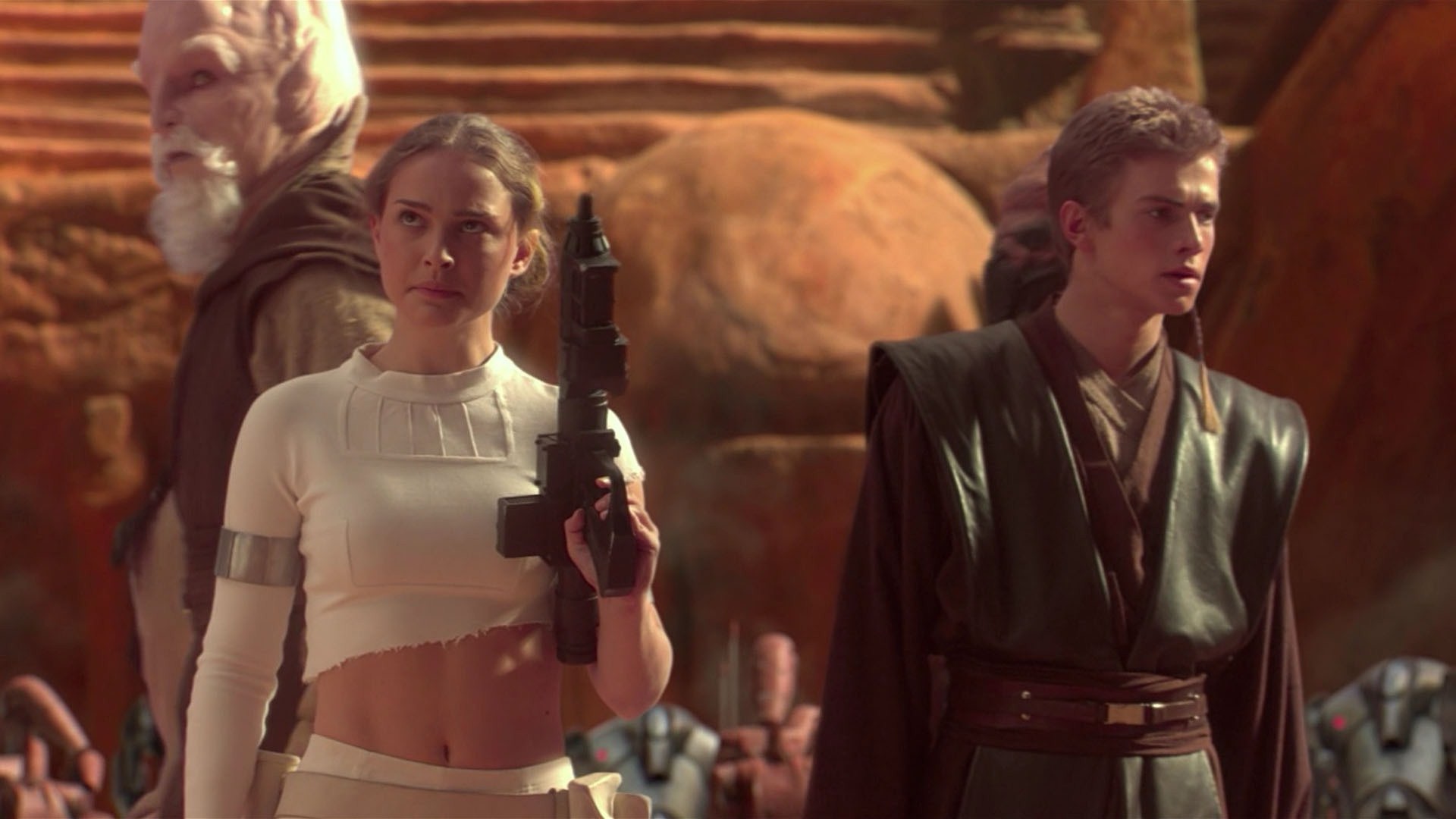
I remember this issue came up in the wake of Star Wars Episode II: Attack of the Clones, the first Star Wars movie to be shot entirely on digital. If you saw it in the cinema, it was a film transfer, and still had a film look to it. When the DVD came out, though, it was a direct transfer from the digital master, and it looked digital. Some people complained. It took some getting used to even for me.
These days, everything is shot on digital. Aside from directors like Christopher Nolan, and a few indie outliers, no one is shooting on film anymore. Still, in post production, they go out of their way to make sure it looks like it was made on film. This is true for big Hollywood shows and for Korean dramas. I think audiences expect that, at least audiences in the west, and in Korea, seem to. The digital look is just plain different. I mentioned this in an article (forever lost on the old version of this site) regarding the Disney+ series Obi-Wan Kenobi. Sometimes digital can look too real. The magic of movies, that audiences expect, can be lost in such a case.
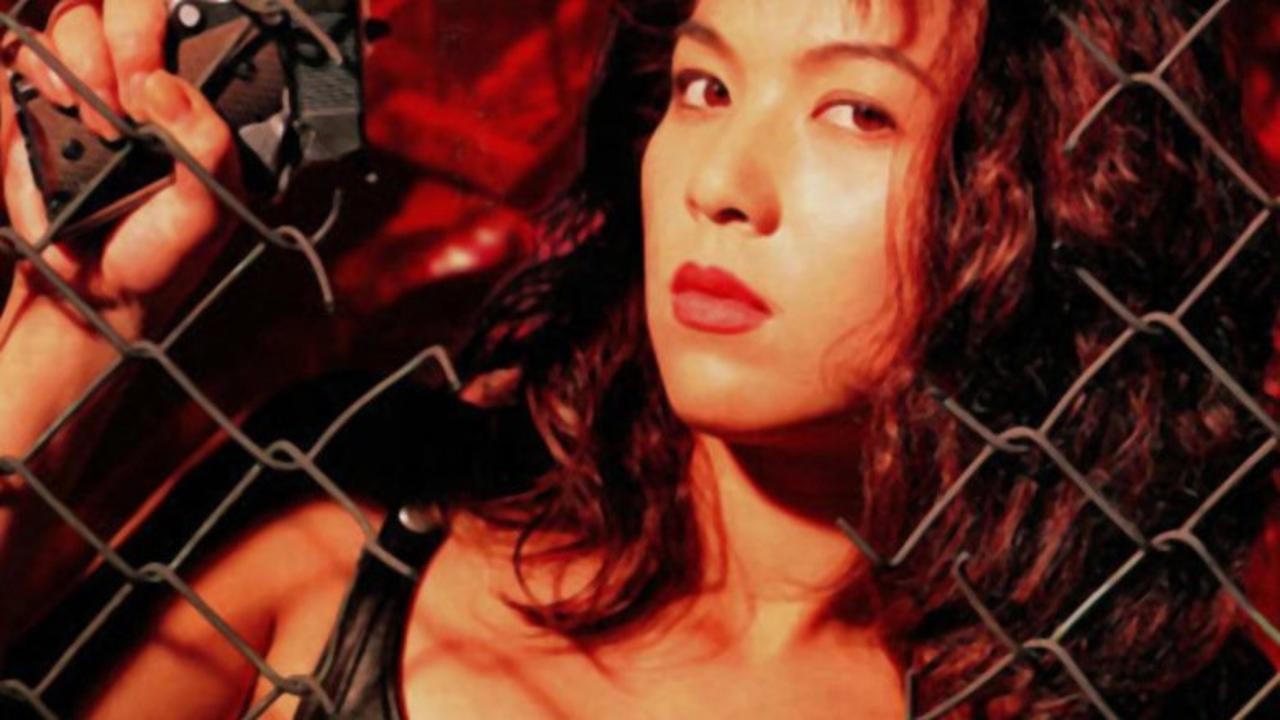
The Japanese industry has been shooting in widescreen format, and on digital/video, as far back as the early to mid nineties. I remember titles like Zero Woman film series, which had decent production value, but certainly didn’t go for a film look. It’s possible that Japanese audiences have simply had far more time to get used to the digital look, and have come to accept it as normal. I also have to wonder if the high quality, and high frame rate, of video game cinematics isn’t priming audiences to be more accepting of the digital/video look. Either way, it’s interesting to see high quality, crystal clear, HD shows produced in this manner. I am looking forward to checking out a few more.
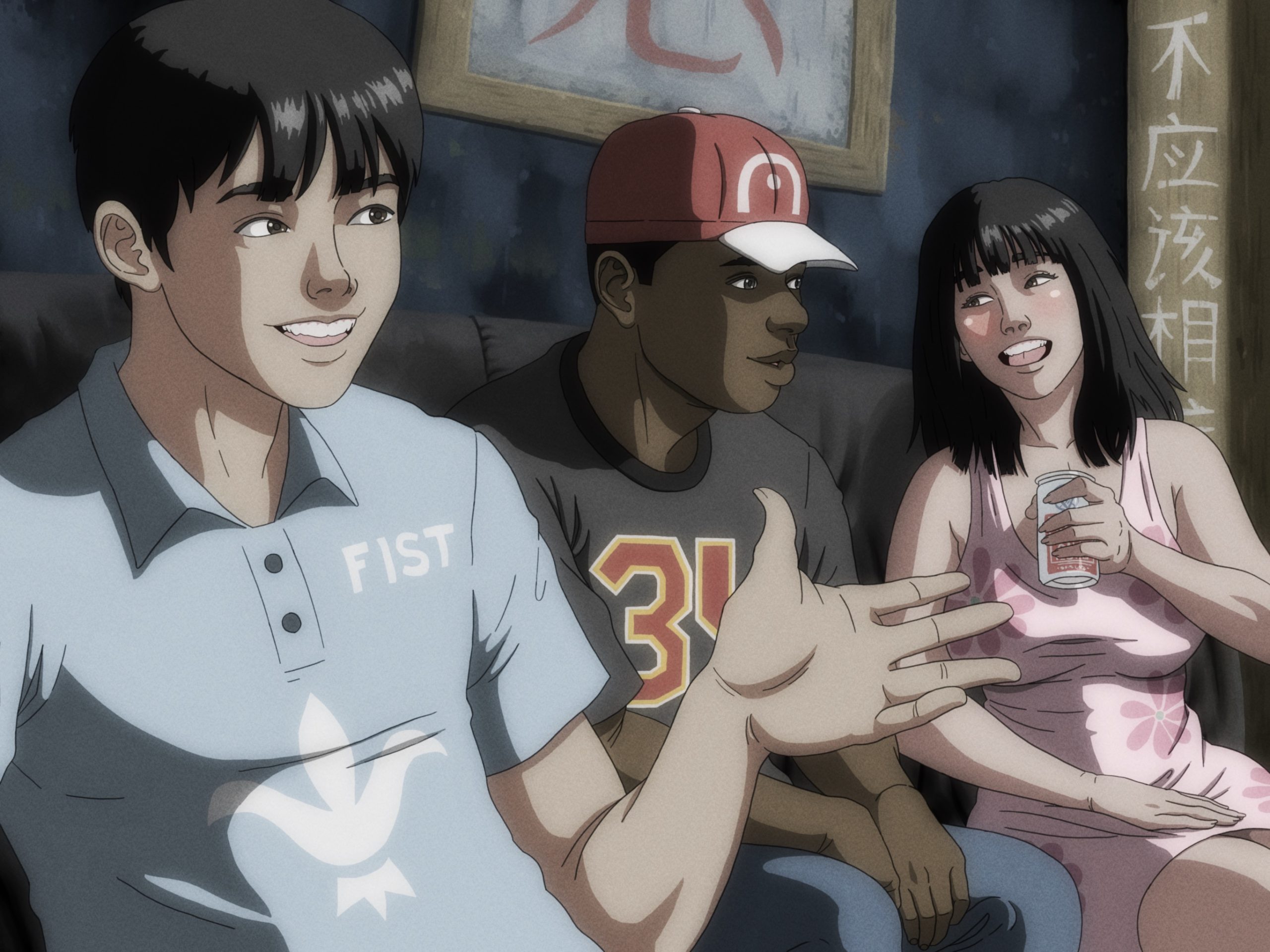
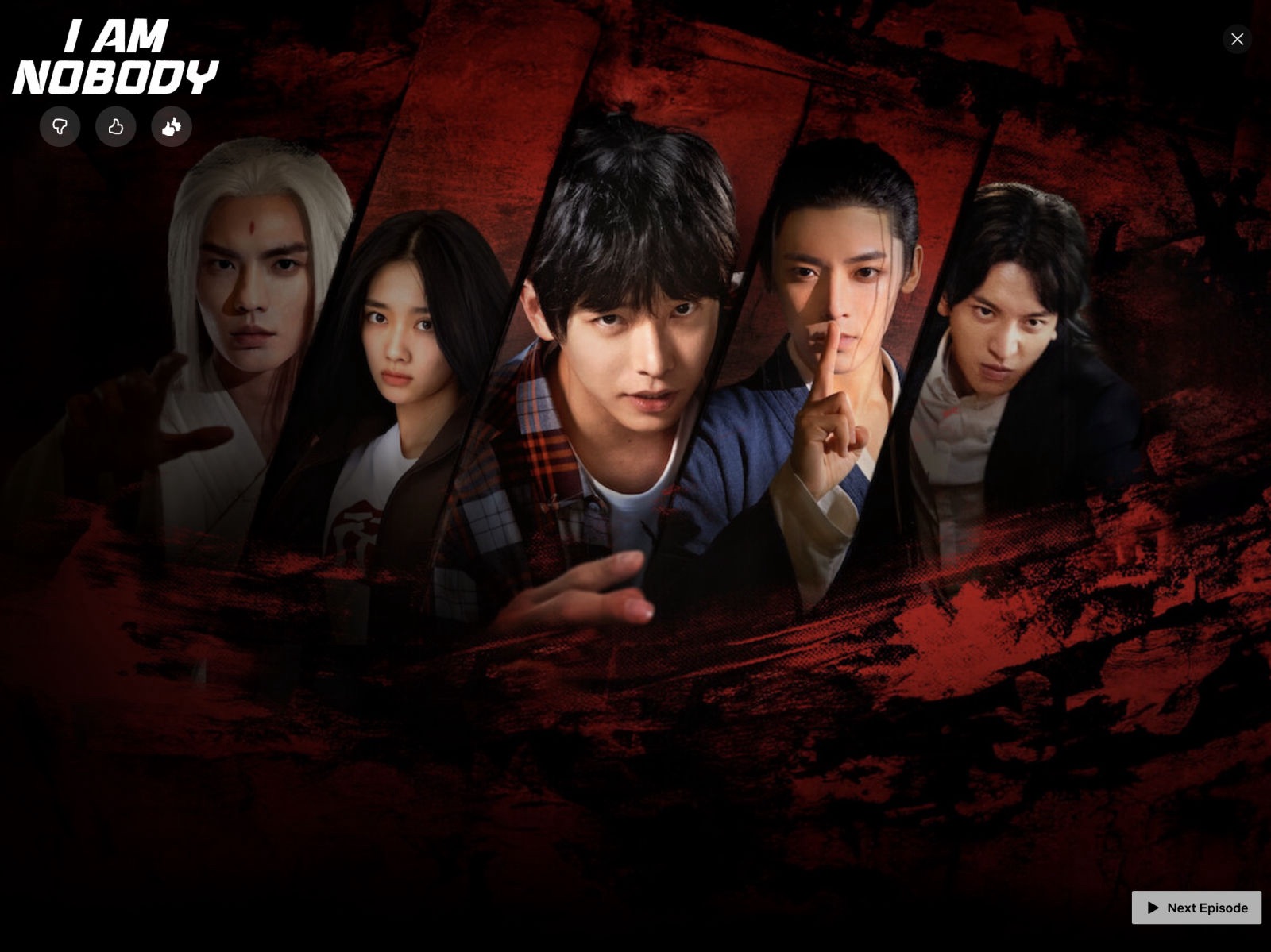
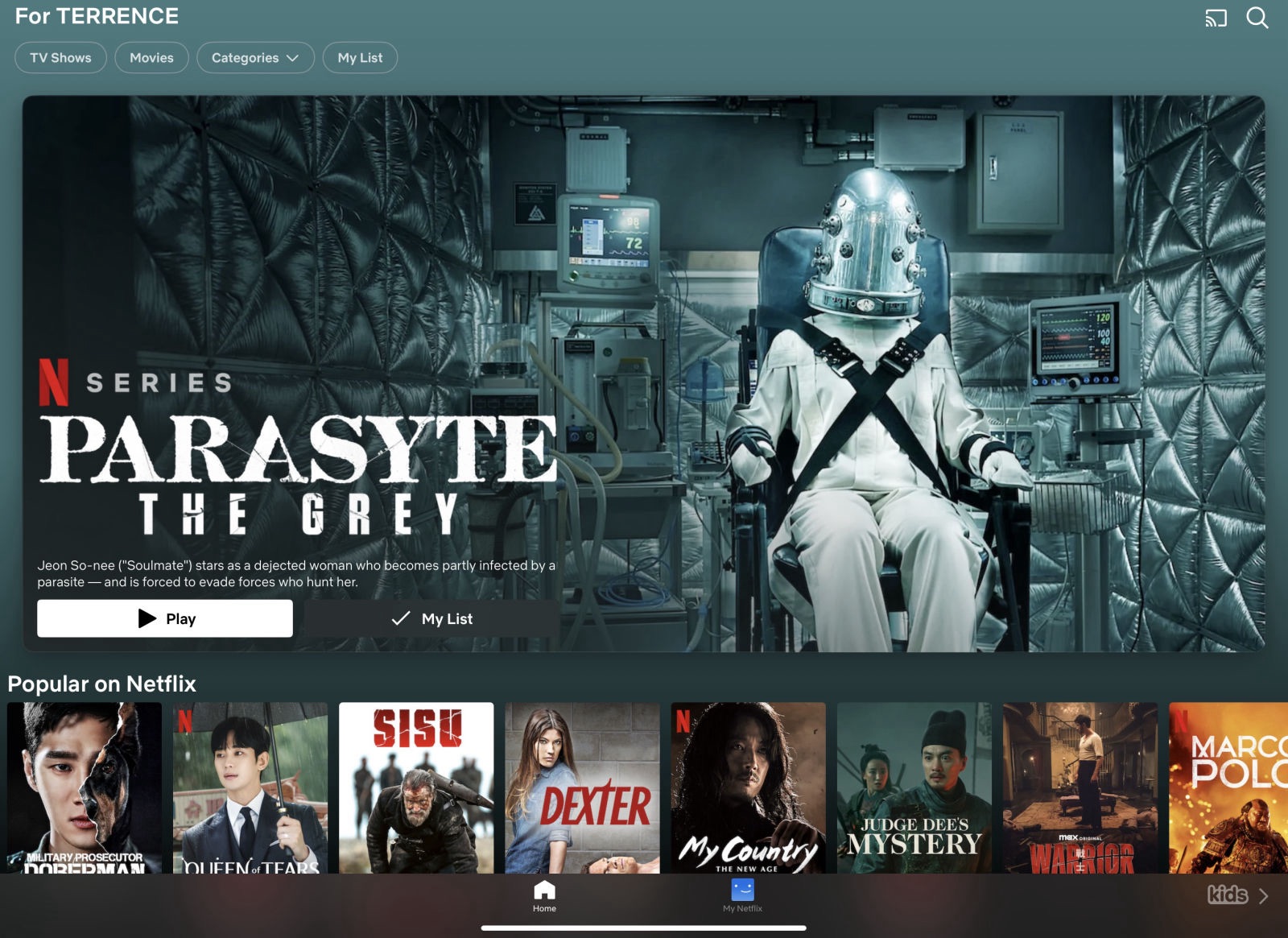
Leave a Reply